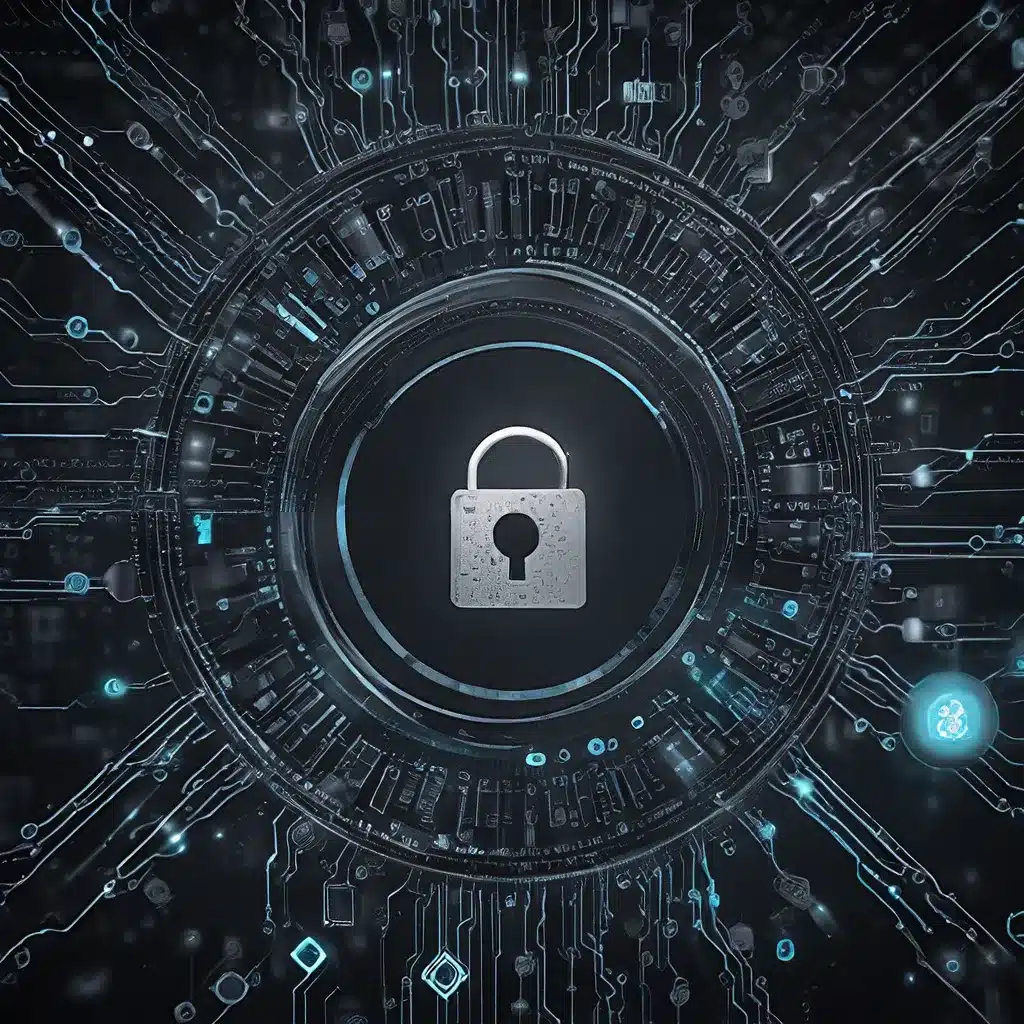
In the rapidly evolving landscape of the Internet of Things (IoT), the efficient management of sensor data has become a pivotal concern. As the number of connected devices continues to proliferate, the volume of data generated by sensor networks has skyrocketed, placing unprecedented demands on network infrastructure and energy resources. To address these challenges, the integration of data compression and encryption techniques has emerged as a crucial strategy for optimizing IoT data transmission.
The Need for Compressed and Encrypted Sensor Data
In the era of IoT, sensor networks have become the backbone of numerous applications, ranging from smart cities and industrial automation to environmental monitoring and healthcare. These sensor-driven systems collect vast amounts of data, from temperature and humidity readings to video streams and biometric signals. However, the sheer volume of this data can strain network bandwidth, increase energy consumption, and introduce security vulnerabilities if not properly managed.
Data compression techniques play a vital role in addressing these challenges. By reducing the size of sensor data without compromising its integrity, compression can minimize network congestion, lower transmission costs, and extend the battery life of IoT devices. This is particularly crucial for resource-constrained devices, such as those deployed in remote or hard-to-reach locations, where energy efficiency and bandwidth optimization are paramount.
Equally important is the encryption of sensor data, which safeguards the confidentiality and integrity of sensitive information. As IoT devices become increasingly ubiquitous, the risk of data breaches and unauthorized access rises significantly. Encryption ensures that even if intercepted, the sensor data remains unintelligible to malicious actors, protecting both the privacy of individuals and the security of critical infrastructure.
Techniques for Sensor Data Compression and Encryption
To address the challenges of IoT data management, researchers and industry experts have developed a range of compression and encryption techniques tailored to the unique requirements of sensor networks.
Compression Techniques:
– Lossless Compression: These methods, such as Huffman coding and arithmetic coding, preserve the exact original data, ensuring no loss of information. While they may not achieve the highest compression ratios, lossless compression is crucial for applications where data integrity is paramount.
– Lossy Compression: Techniques like transform coding and predictive coding sacrifice some level of data fidelity in exchange for higher compression ratios. These approaches are often suitable for multimedia data, such as images and video, where a certain degree of quality degradation can be tolerated.
– Distributed Compression: This strategy leverages the collaborative nature of sensor networks, where neighboring nodes can exchange and exploit correlated data to achieve more efficient compression.
Encryption Techniques:
– Symmetric-Key Encryption: Algorithms like AES (Advanced Encryption Standard) and ChaCha20 rely on a shared secret key between the sender and receiver to encrypt and decrypt the sensor data. These methods are known for their computational efficiency and suitability for resource-constrained IoT devices.
– Public-Key Encryption: Techniques such as RSA and Elliptic Curve Cryptography (ECC) use a pair of public and private keys to secure the data. While more computationally intensive, public-key encryption provides better key management and non-repudiation capabilities.
– Lightweight Encryption: Specialized algorithms, like PRESENT and KLEIN, have been designed for IoT applications, balancing security and energy efficiency with reduced computational requirements.
Optimizing IoT Data Transmission with Compression and Encryption
The effective integration of compression and encryption techniques in IoT sensor networks can lead to significant improvements in data transmission efficiency, energy consumption, and overall system security.
Data Transmission Efficiency:
By reducing the size of sensor data through compression, the network bandwidth required for data transmission can be significantly reduced. This, in turn, lowers the latency of data delivery and improves the responsiveness of IoT applications, particularly in time-sensitive scenarios like emergency response or autonomous vehicle control.
Energy Consumption:
IoT devices, especially those powered by battery or energy-harvesting sources, have limited energy resources. Compression techniques can minimize the energy required for data transmission, extending the battery life of these devices and reducing the frequency of maintenance or replacement.
System Security:
The encryption of sensor data protects against eavesdropping, man-in-the-middle attacks, and other security threats, ensuring the confidentiality and integrity of the transmitted information. This is crucial for IoT applications dealing with sensitive data, such as healthcare, finance, or national security.
Emerging Trends and Challenges
As the IoT landscape continues to evolve, researchers and industry leaders are exploring innovative approaches to further optimize sensor data compression and encryption.
Adaptive Compression and Encryption:
Developing context-aware algorithms that can dynamically adjust their parameters based on factors like network conditions, device capabilities, and data criticality can lead to more efficient and responsive IoT data management.
Machine Learning-Driven Optimization:
Leveraging machine learning techniques, such as deep neural networks and reinforcement learning, to predict and adapt compression and encryption strategies can result in improved performance and energy efficiency.
Quantum-Resistant Encryption:
With the potential advent of quantum computing, which could break many of the currently used public-key encryption algorithms, the development of quantum-resistant encryption schemes is an emerging priority for future-proofing IoT security.
Standardization and Interoperability:
The establishment of industry-wide standards and protocols for sensor data compression and encryption can foster interoperability between IoT devices and streamline the deployment of secure, efficient sensor networks.
Conclusion
As the IoT ecosystem continues to expand, the efficient management of sensor data has become a crucial concern. The integration of data compression and encryption techniques plays a pivotal role in optimizing IoT data transmission, addressing the challenges of network bandwidth, energy consumption, and system security.
By leveraging a range of compression and encryption algorithms tailored to the unique requirements of IoT applications, sensor network designers can enhance the performance, energy efficiency, and security of their systems. As the field of IoT continues to evolve, the exploration of adaptive, machine learning-driven, and quantum-resistant approaches, coupled with the establishment of industry standards, will be instrumental in driving the next generation of secure and efficient sensor networks.
To explore the latest advancements in sensor network technologies and IoT applications, visit sensor-networks.org.